On the streets of cities where multiculturalism blends, colorful and tropical Filipino Food Trucks are quietly emerging. They are not only a moving landscape, but also a disseminator of Philippine food culture, bringing the unique flavor of sweet, sour, salty and fragrant to all parts of the world, bringing diners a trip to the Philippines on the tip of their tongue.
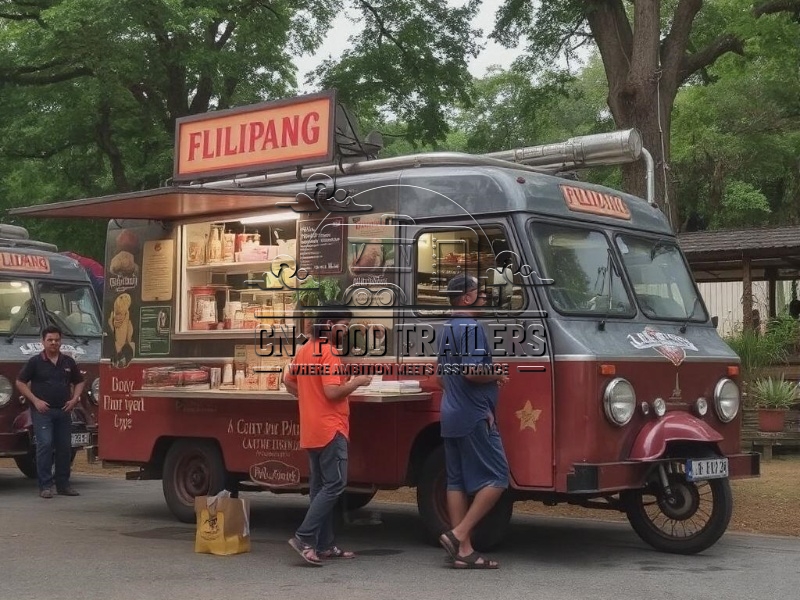
Core Features
1.Classic and innovative fusion
- Food trucks focus on traditional Philippine dishes, such as Adobo (sweet and sour stew), Sinigang (sour soup), Bicol Express (coconut spicy stew), Lechon, etc., while incorporating modern creativity, such as incorporating traditional fillings into burgers, tacos or burritos to meet the taste preferences of young diners.
2.Sweet and sour, spicy and fresh, rich layers
- Philippine cuisine is known for its complex seasoning of sour (such as vinegar, lime), sweet (such as coconut sugar), spicy (such as chili), and fresh (such as seafood). Food trucks restore this layered taste experience through secret sauces and freshly prepared drinks (such as mango smoothie and coconut milk).
3.Home-style cooking, warm and friendly
- Many food trucks are run by Filipino families, focusing on the “taste of home”, emphasizing the freshness and handmadeness of ingredients, and conveying the tradition of hospitality in Filipino culture.
Internal equipment
1.Cooking area
- Gas stove and stew pot: used to make slow-cooked dishes such as adobo and sinigán soup.
- Iron plate and grill: fry meat and seafood on the spot, or bake desserts such as bananas (Turon, fried banana rolls).
- Frying equipment: make classic snacks such as fried spring rolls (Lumpia) and fried pork skins (Chicharrón).
2.Food storage and pre-processing
- Refrigerator: store fresh meat, seafood and vegetables.
- Workbench and knives: used to cut ingredients. Some food trucks will marinate meat in advance to increase the speed of serving.
3.Beverage and dessert area
- Ice maker and blender: make smoothies, milkshakes and other drinks.
- Thermostatic box: store freshly cooked rice, taro and other staples.
4.Health and safety
- Three-tank sink: strictly follow the cleaning and disinfection process to ensure the cleanliness of tableware and kitchen utensils.
- Fire extinguisher and non-slip mat: ensure safe operation.
Application
1.Streets and Markets
- Filipino Food Trucks are the “star stalls” that attract people at weekend markets, music festivals or night markets. Their unique flavors and lively atmosphere become the highlights of the event.
2.Corporate Events and Parties
- Invited to participate in company team building, weddings or birthday parties, provide customized menus (such as roast pork ribs set meals, seafood platters), and add exotic flavors to the event.
3.Campus and Community Services
- Regularly set up stalls on university campuses or community centers to provide residents and students with affordable lunch options while promoting Philippine culture.
4.Tourism and Cultural Promotion
- In tourist attractions or international food festivals, food trucks have become a window to showcase Philippine food culture, attracting tourists to try and understand the diverse charm of this country.
5.Online Ordering and Takeaway Cooperation
- Some food trucks cooperate with takeaway platforms to expand their service scope and meet the needs of home diners.

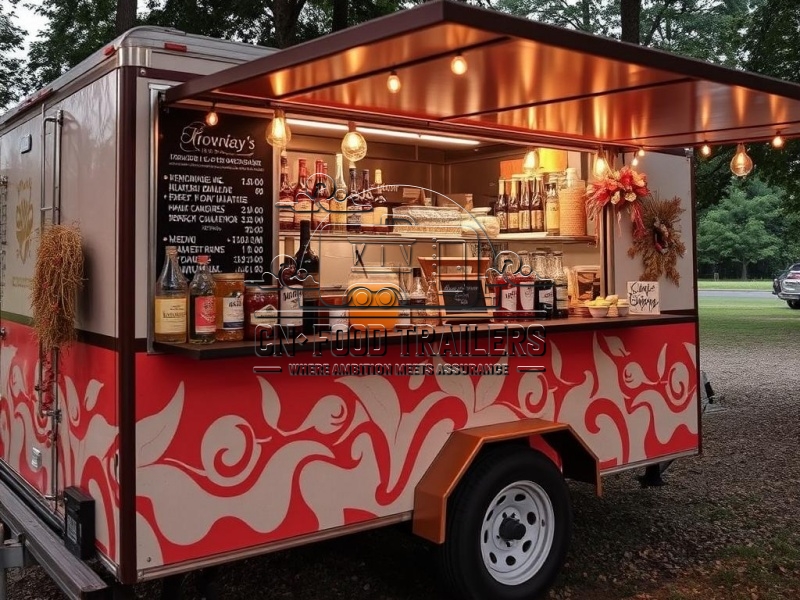
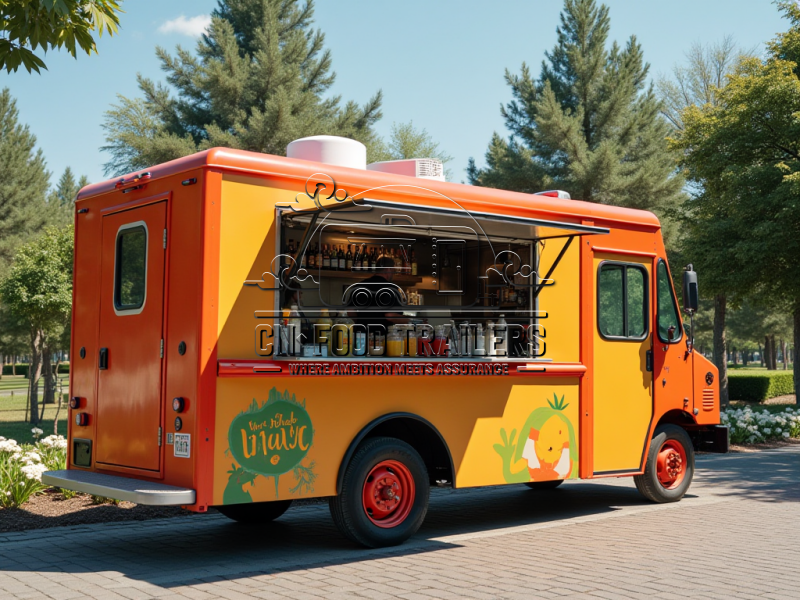

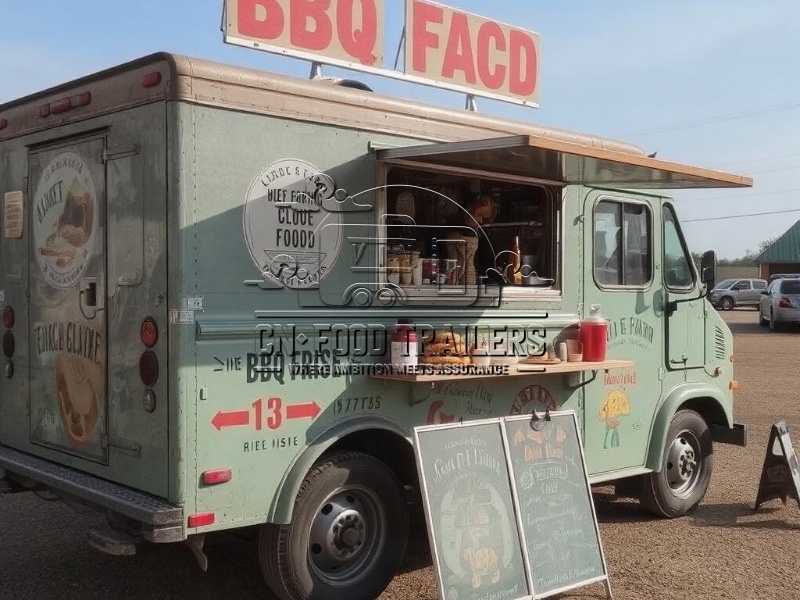
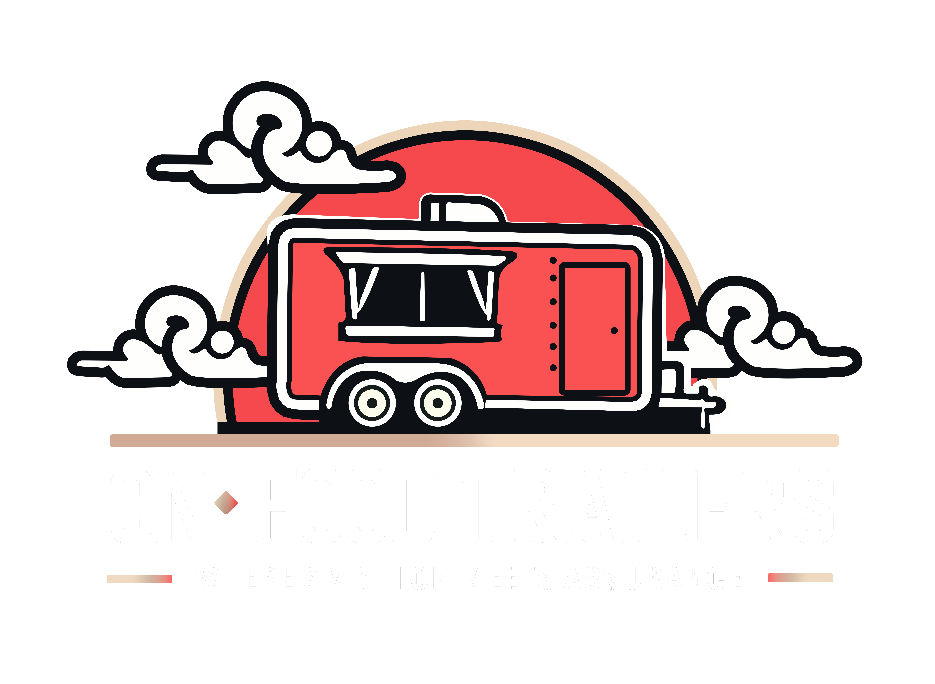
Leave A Comment